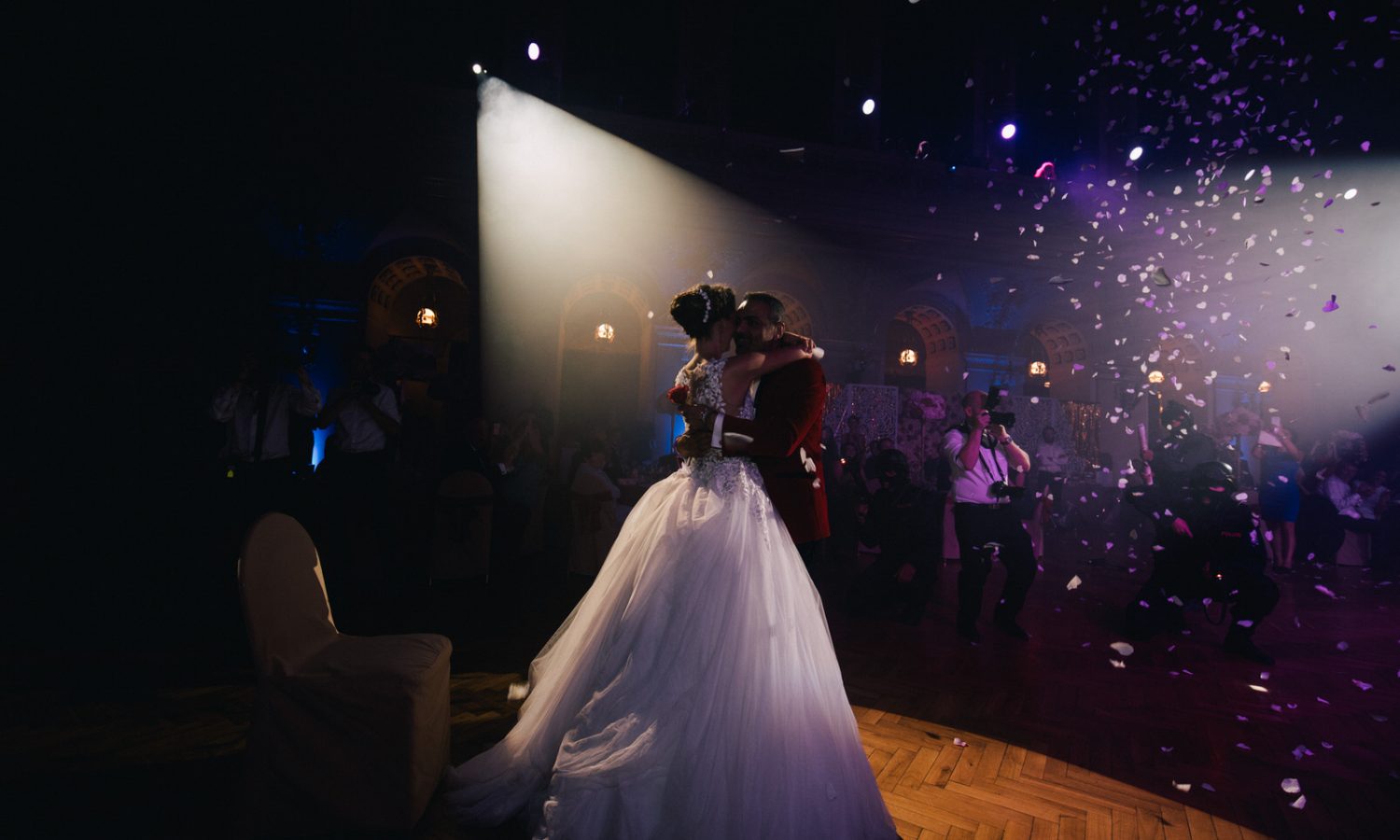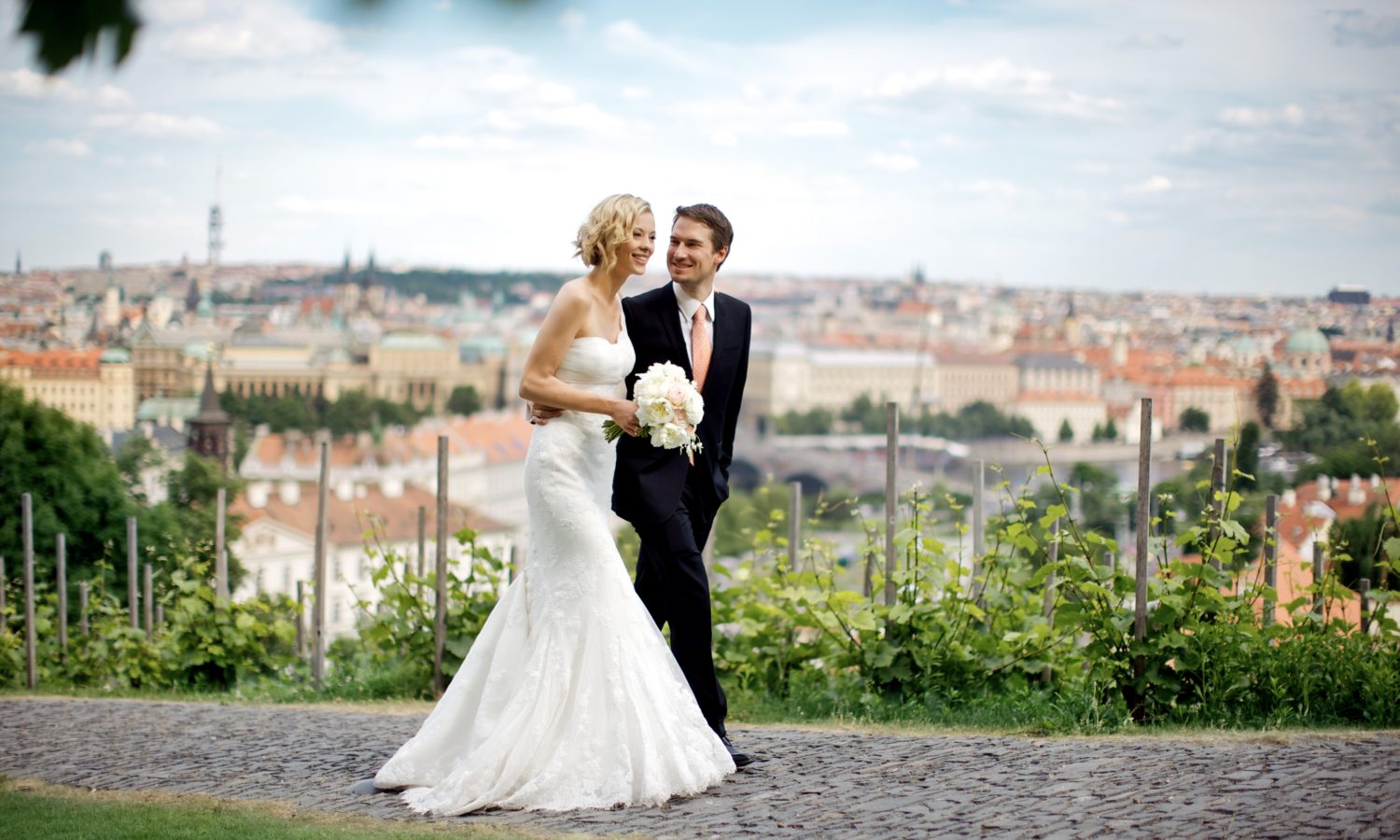Facts:
• wedding receptions for up to 400 people
• garden with a possibility of wedding ceremony, welcome cocktail etc
• open bar available (unlimited consumption of house wine, beer and soft drinks)
• type of cuisine: upon wish (catering)
• rental fee required, depending on type of the function room
About:
In the northeastern corner of Staré Mesto is the former Convent of St Agnes, Prague’s oldest surviving Gothic building, now restored and used by the National Gallery. The first-floor rooms hold the National Gallery’s permanent collection of medieval art (1200-1550) from Bohemia and Central Europe.
In 1234 the Franciscan Order of the Poor Clares was founded by the Premysl king Wenceslas I, who made his sister Anežka (Agnes) its first abbess. Agnes was beatified in the 19th century, and with timing that could hardly be accidental Pope John Paul II canonised her as St Agnes of Bohemia just weeks before the revolutionary events of November 1989.
In the 16th century the buildings were handed over to the Dominicans, and after Joseph II dissolved the monasteries, they became a squatter’s paradise. They’ve only been restored in the last few decades.
The complex consists mainly of the cloister, a sanctuary and a church in French Gothic style. The graves of St Agnes and of Wenceslas I’s Queen Cunegund are in the Chapel of the Virgin Mary in the Sanctuary of the Holy Saviour. Alongside this is the smaller Church of St Francis, where Wenceslas I is buried. Part of its ruined nave and other rooms have been rebuilt as a chilly concert hall.
The gallery is fully wheelchair accessible, and the ground-floor cloister has a tactile presentation of 12 casts of medieval sculptures with explanatory text in Braille.









